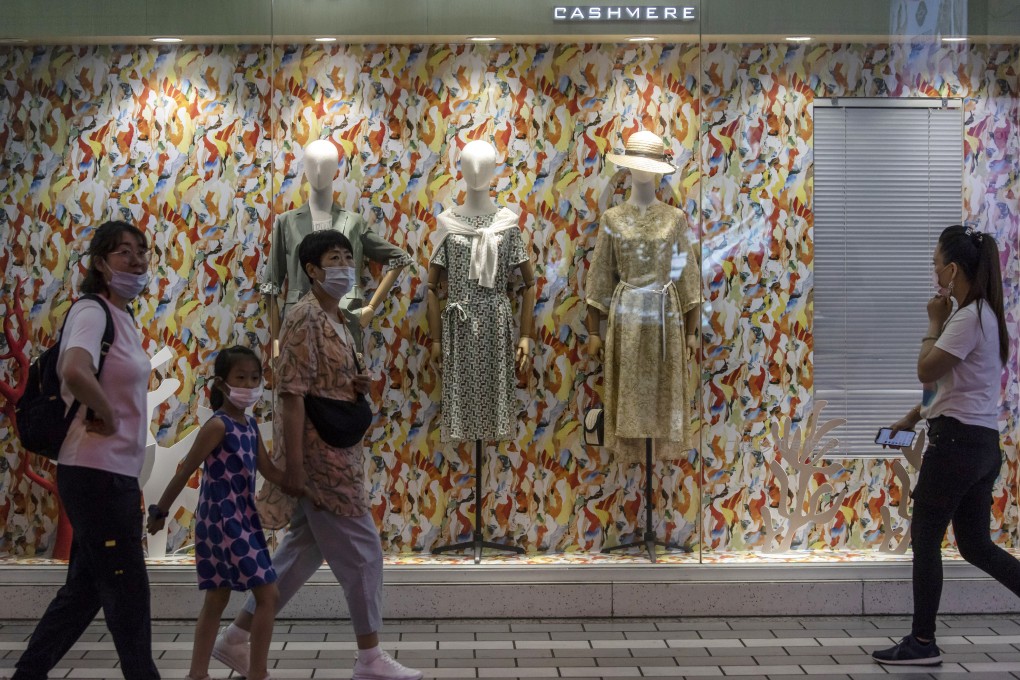Advertisement
Macroscope | Why US and Chinese consumer optimism is key to global post-pandemic recovery
- Despite their differences, both the US and China will be relying on consumer-led recovery to forge stronger growth in the next few years
- Keeping consumers upbeat is vital, and a return to austerity should be avoided at all costs
Reading Time:3 minutes
Why you can trust SCMP

Can the beleaguered consumer save the global economy from further duress? Battered by the Covid-19 pandemic, steeped in economic uncertainty and laid low by furloughs, job worries and weaker purchasing power, consumers are staging a brave comeback.
Sustainability is key, and consumers in the United States and China can both play strong roles in the recovery process. Despite their differences, it is easy to forget how much both economies have in common.
As the two superpowers make their way out of the pandemic, they will be relying on consumer-led recovery to forge stronger growth in the next few years. That means keeping interest rates abnormally low and fiscal policy exceptionally loose for as long as possible.
Advertisement
If US and Chinese consumers remain optimistic, there’s a better chance of global economic recovery. They have a lot to offer. Both economies are powerful engines of global growth, accounting for 42 per cent of world GDP, with consumer spending representing the lion’s share of overall demand.
According to the World Bank, US consumers account for 82 per cent of the country’s overall GDP, while consumers in China make up 56 per cent of its economy. It’s clear that policymakers in both countries need to keep their consumers pumped up on policy steroids with no U-turns any time soon.
Advertisement
Advertisement
Select Voice
Choose your listening speed
Get through articles 2x faster
1.25x
250 WPM
Slow
Average
Fast
1.25x
